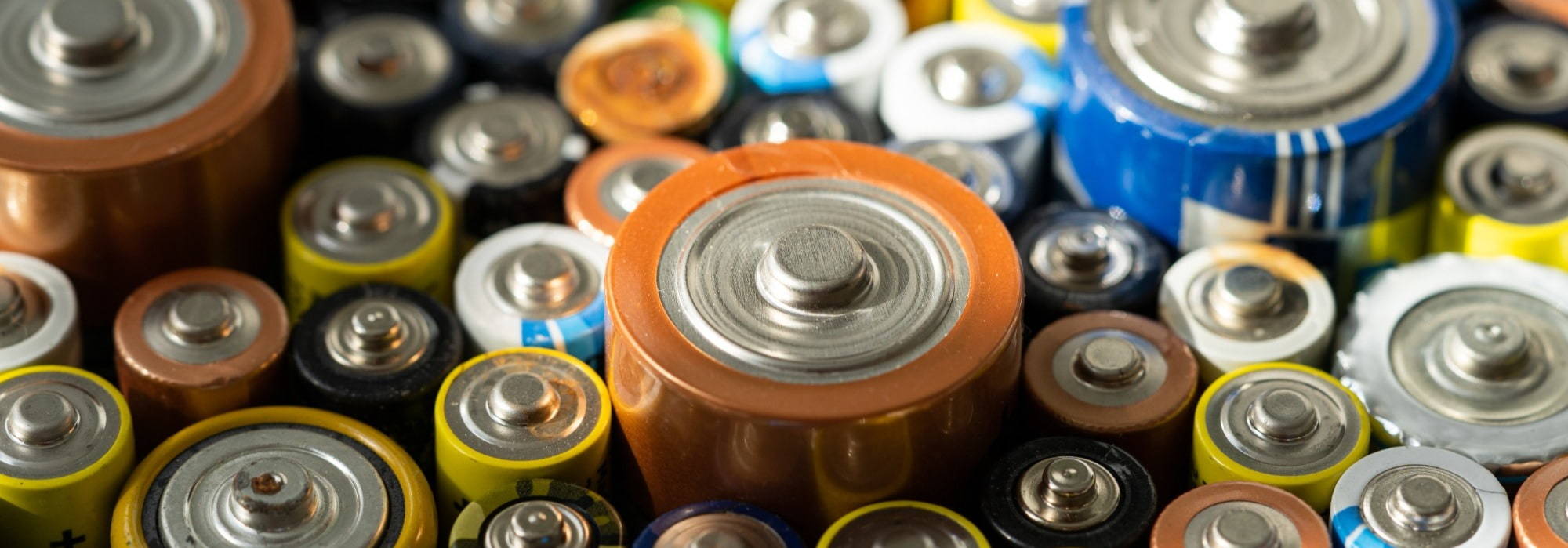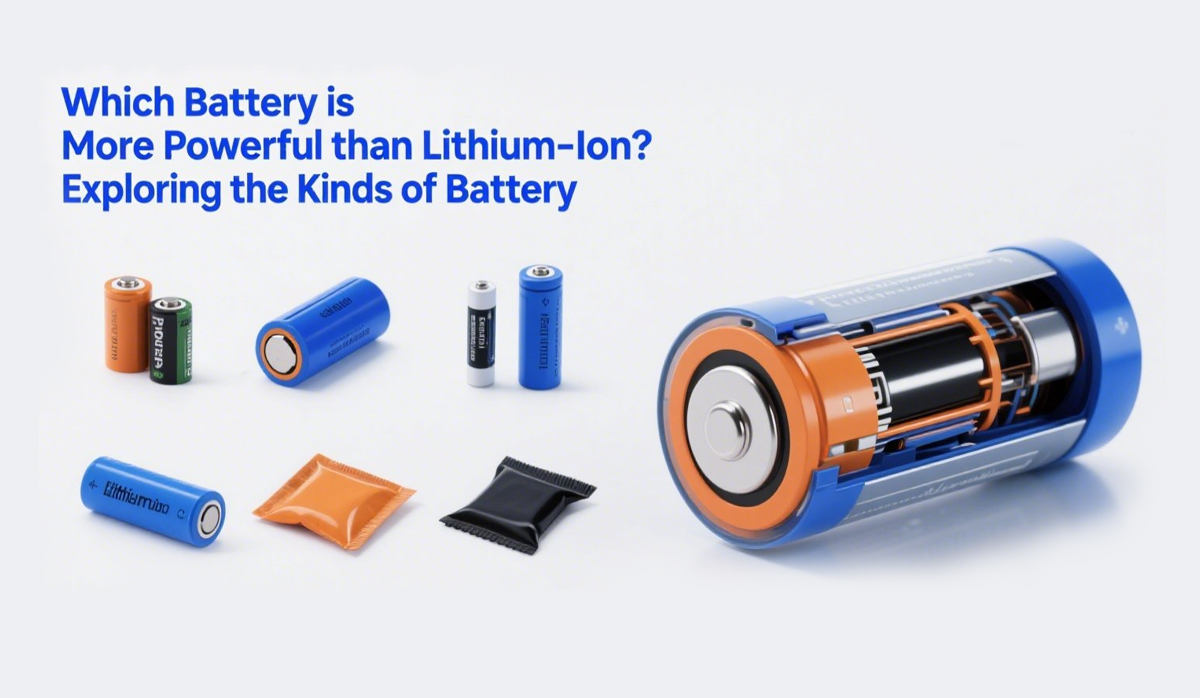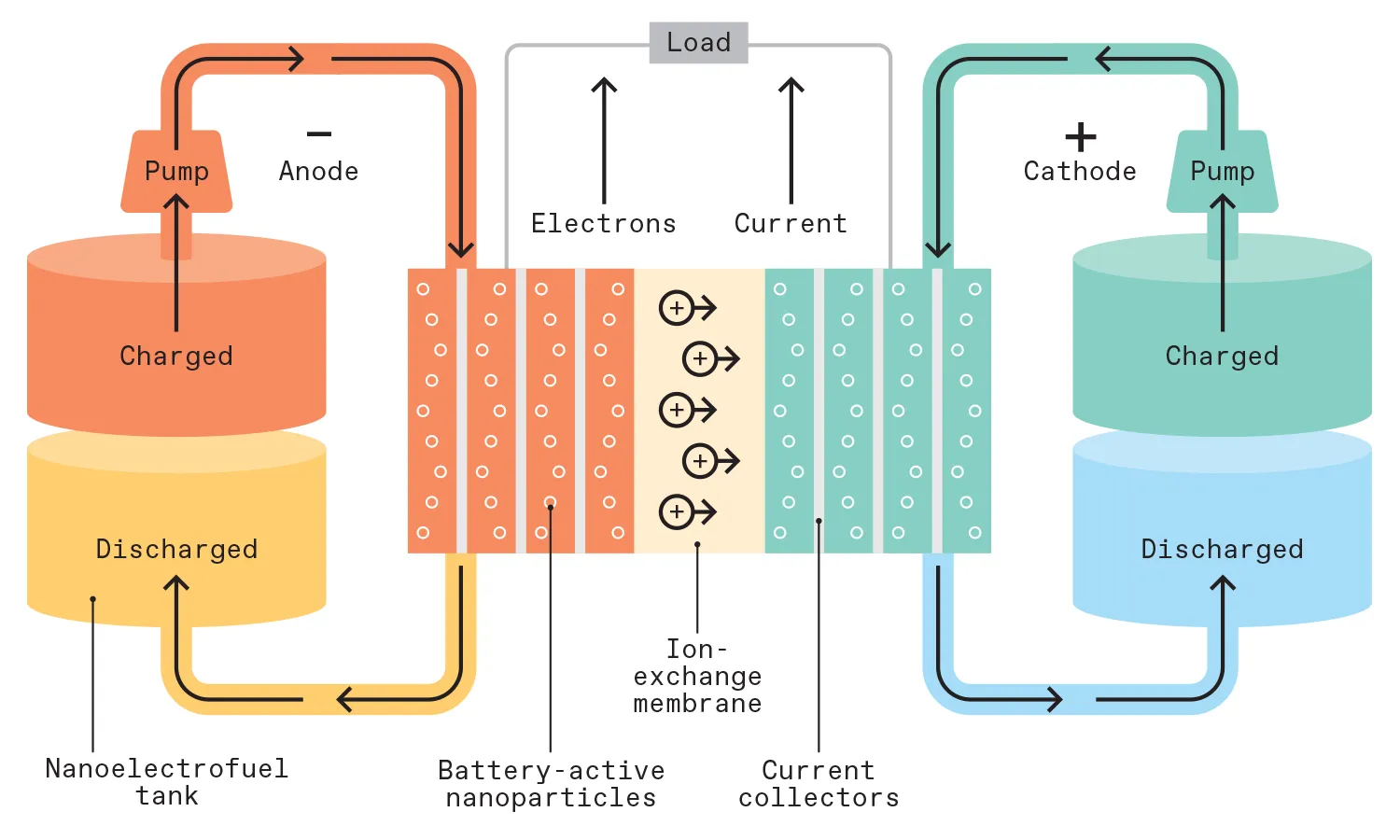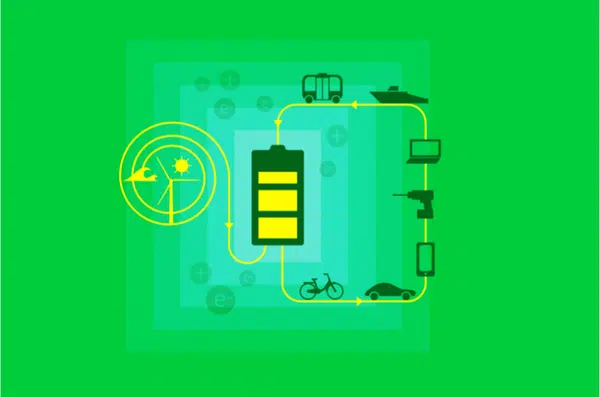리튬 이온보다 더 강력한 배터리? 배터리의 종류를 탐색합니다
1. 소개
오늘날의 빠르게 진화하는 에너지 시장에서, 올바른 스토리지 기술을 선택하는 것은 태양 에너지 시스템의 성능을 극대화하는 데 중요합니다..
많은 소비자가 묻습니다, “리튬 이온보다 더 강력한 배터리?”리튬 이온 배터리는 높은 에너지 밀도와 효율로 인해 에너지 저장을 오랫동안 지배했습니다., 잠재적으로 더 큰 성능을 제공 할 수있는 새로운 대안이 떠오르고 있습니다..
이 기사에서는, 우리는 다른 것을 탐구합니다 배터리의 종류 사용 가능, 그들의 성능을 비교하십시오, 기존 리튬 이온 시스템을 곧 능가 할 수있는 혁신적인 기술에 대해 논의합니다..
또한 GYCX Solar의 고품질 구성 요소를 태양 광 설정에 통합 할 수있는 방법에 대한 통찰력을 제공합니다., 확장 가능한 솔루션.

2. 배터리 기술의 진화
배터리 기술은 지난 수십 년 동안 크게 발전했습니다. 초기 태양계는 납산 배터리에 의존했습니다, 그러나 리튬 이온 기술의 개발은 에너지 저장 효율과 수명의 주요 도약이었습니다..
이러한 발전에도 불구하고, 열 관리 및 환경 문제와 같은 과제는 연구원들이 우수한 대안을 찾도록 자극했습니다..
나트륨 이온과 같은 새로운 배터리 기술, 솔리드 스테이트, 흐름 배터리는 현장에서 잠재적 인 게임 체인저로 버즈를 생성하고 있습니다..
이것들의 진화를 이해합니다 배터리의 종류 태양 에너지 계획에서 정보에 입각 한 결정을 내리는 데 필수적입니다..
3. 배터리 기술의 주요 유형
태양 에너지 저장을 고려할 때, 사용 가능한 기본 배터리 유형을 이해하는 것이 중요합니다:
리튬 이온 배터리
리튬이온 (리오이온) 배터리는 높은 에너지 밀도 및 효율로 인해 휴대용 전자 장치에서 정지 에너지 저장에 이르기까지 모든 것에 널리 사용됩니다..
- 장점: 높은 에너지 밀도, 긴 사이클 수명, 그리고 빠른 충전.
- 단점: 열 감도 및 상대적으로 높은 선불 비용.
나트륨 이온 배터리
나트륨 이온 배터리는 나트륨을 이용합니다, 풍부하고 저렴한 자료, 경쟁력있는 성능을 제공하면서 비용을 절감 할 수있는 잠재력이 있습니다..
- 장점: 원자재 비용을 낮추고 지속 가능성 향상.
- 단점: 기술은 여전히 발전하고 있습니다, 사이클 수명과 에너지 밀도 개선이 진행 중입니다.
솔리드 스테이트 배터리
솔리드 스테이트 배터리 액체 전해질을 제거하십시오, 대신 고체 재료를 사용합니다. 이 설계는 안전성을 향상시키고 에너지 밀도를 높일 수 있습니다.
- 장점: 우수한 안전, 잠재적으로 더 높은 에너지 밀도, 그리고 더 긴 사이클 수명.
- 단점: 더 높은 제조 비용과 현재 확장 성 문제.
흐름 배터리
흐름 배터리는 배터리 셀을 통해 흐르는 액체 전해질에 에너지를 저장. 이 고유 한 설정은 확장 가능하고 장기간 스토리지에 적합합니다..
- 장점: 오랜 기간 동안 우수한 확장 성과 지속적인 에너지 전달.
- 단점: 에너지 밀도를 낮추고 더 복잡한 설치 요구 사항.
4. 대안 탐색: 리튬 이온보다 더 강력한 배터리

업계가 리튬 이온보다 개선을 찾을 수 있습니다, 여러 배터리 기술이 약속을 보여줍니다:
나트륨 이온 기술
나트륨 이온 배터리의 발전으로 인해 강력한 경쟁자로 배치되었습니다.. 저렴한 비용과 풍부도를 활용합니다, 이 배터리는 향상된 지속 가능성을 제공하면서 리튬 이온 성능을 일치 시키거나 초과 할 수 있습니다..
- 초기 테스트는 경쟁력있는 에너지 밀도와 사이클 수명을 나타냅니다, 향후 태양열 설치를위한 유망한 대안으로 만듭니다.
솔리드 스테이트 배터리
솔리드 스테이트 배터리는 전통적인 리튬 이온 배터리를 능가 할 수있는 잠재력으로 떠오르고 있습니다.. 그들의 고체 전해질은 더 나은 안전성을 제공합니다, 그리고 그들의 디자인은보다 컴팩트 한 형태로 더 높은 에너지 밀도를 전달할 준비가되어 있습니다..
- 현재 높은 생산 비용으로 제한되지만, 추가 r&d 대규모 응용 프로그램에 대해 솔리드 스테이트 배터리에 더 액세스 할 수있게 될 것으로 예상됩니다..
흐름 배터리

유량 배터리는 주거용 응용 분야의 고 에너지 밀도를 제공하지 않을 수 있습니다., 그러나 그리드 규모 저장 용, 장기간 일관된 출력을 제공하는 능력은 그들을 매력적으로 만듭니다..
확장 가능한 디자인은 장기 에너지 저장이 중요한 상황에 이상적입니다..
5. 성능 비교 차트
| 배터리 유형 | 에너지 밀도 | 사이클 수명 | 안전 | 비용 | 확장성 |
|---|---|---|---|---|---|
| 리튬 이온 | 높은 | ~ 3000+ 사이클 | 보통의 (냉각이 필요합니다) | 더 높은 선불 비용 | 널리 채택되었습니다, 모듈식 |
| 나트륨 이온 | 보통 ~ 높음 | 개선 (신흥) | 열 안정성 향상 | 잠재적으로 낮습니다 | 대규모 설치를 약속합니다 |
| 솔리드 스테이트 | 매우 높습니다 | 잠재적으로 더 길다 | 우수한 안전 | 현재 높음 | 미래의 잠재력, 소형 디자인 |
| 유량 배터리 | 낮추다 | 아주 길다 | 훌륭한 | 시스템 통합 비용은 다양합니다 | 그리드 규모에 대해 매우 확장 가능합니다 |
테이블: 태양 광 응용을위한 다양한 배터리 기술의 단순화 된 성능 비교.
6. GYCX 태양 광 제품을 시스템에 통합합니다

올바른 배터리 선택은 효율적인 태양 에너지 시스템을 만드는 것의 한 부분 일뿐입니다.. 최적의 성능을 위해서는 고품질 구성 요소와의 통합이 필수적입니다. ~에 GYCX 솔라, 우리는 완벽하게 함께 작동하도록 설계된 다양한 제품을 제공합니다..
적층형 리튬 배터리
우리의 적층형 리튬 배터리 시스템은 모듈 식 및 확장 가능한 에너지 저장을 제공합니다. 그들의 디자인은 에너지 요구가 증가함에 따라 점차적으로 용량을 추가 할 수 있습니다..
태양 전지
우리의 범위 태양전지 내구성과 일관된 성능을 위해 설계되었습니다. 이 배터리는 재생 에너지 응용에 특별히 최적화됩니다.
태양광 인버터
신뢰할 수 있습니다 태양광 인버터 저장된 DC 전원을 가정 또는 비즈니스를위한 유용한 AC 전원으로 변환하는 데 필수적입니다.. 우리의 인버터는 효율성을 극대화하고 배터리 솔루션을 보완하도록 설계되었습니다..
이러한 제품의 혼합을 선택함으로써, 시스템이 강력하고 효율적 일뿐 만 아니라 미래의 에너지 요구에 적응할 수 있는지 확인합니다..
7. 미래의 트렌드와 고려 사항
배터리 시장은 계속 발전하고 있습니다, 지평선에 새로운 기술과 혁신이 있습니다. 주요 트렌드에는 다음이 포함됩니다:
- r 증가&D 투자: 배터리 화학의 지속적인 혁신은 더 안전한 길을 열고 있습니다., 더 효율적입니다, 및 고용량 솔루션.
- 지속 가능성 초점: 배터리 생산 및 재활용의 환경 영향은 제조업체가 녹색 대안을 탐색하도록 촉구합니다..
- 확장 성과 모듈성: 태양열 설치가 증가함에 따라, 확장 가능한 배터리 솔루션의 필요성이 가장 중요합니다. 모듈 식 시스템, 우리처럼 적층형 리튬 배터리, 유연한 확장 옵션을 제공합니다.
- 스마트 통합: 향후 배터리에는 고급 배터리 관리 시스템이 통합됩니다 (비엠에스) 실시간 모니터링 및 성능 향상을위한 IoT 기술.
이러한 발전은 미래 세대의 배터리를 더욱 강력 할뿐만 아니라 환경 친화적이며 비용 효율적으로 만들겠다고 약속합니다..
8. 결론
에너지 저장 솔루션을 추구합니다, 다양한 이해 배터리의 종류 핵심입니다.
리튬 이온 배터리는 인상적인 에너지 밀도와 효율로 높은 표준을 설정했지만, 나트륨 이온과 같은 새로운 기술, 솔리드 스테이트, 흐름 배터리는 미래에 흥미로운 가능성을 제공합니다.
에너지 요구를 신중하게 평가하고 고품질 부품을 통합하여 적층형 리튬 배터리, 태양 전지, 그리고 태양광 인버터 GYCX Solar에서 강력한 것을 구축 할 수 있습니다, 오늘날의 요구를 충족시킬뿐만 아니라 내일의 도전에 대비 한 확장 가능한 태양 에너지 시스템.
배터리 기술의 진화하는 환경을 받아들이고 에너지 독립성과 지속 가능한 미래를 달성하기위한 혁신의 힘을 활용하십시오..

